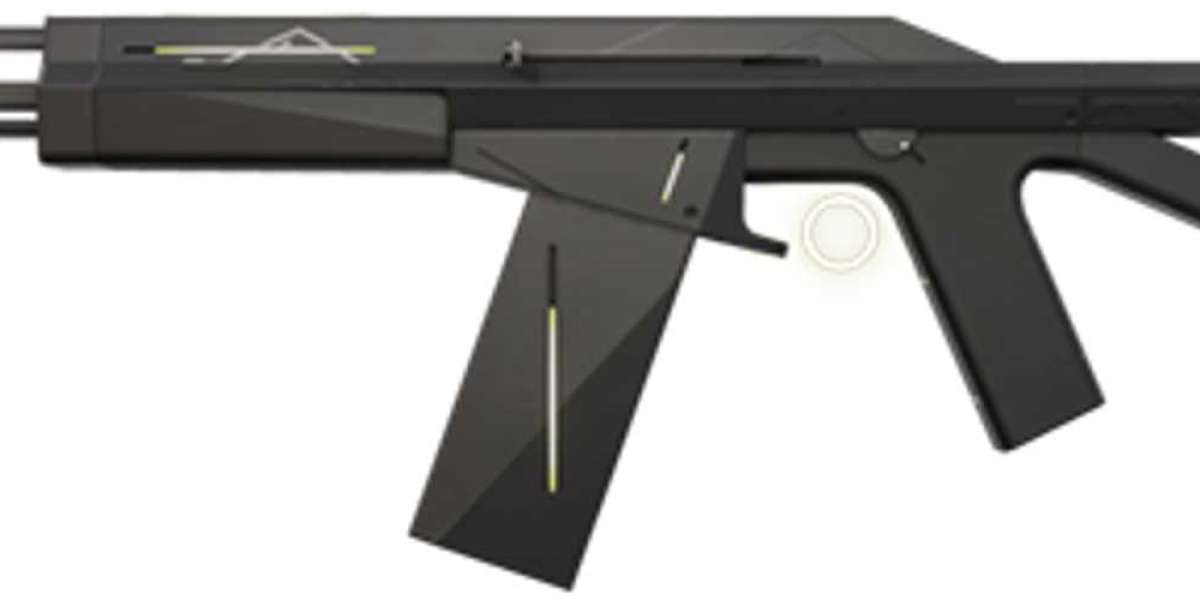Introduction to Barcode Scanners
Barcode scanners have revolutionized the way businesses handle inventory, manage sales, and track assets. These compact devices are capable of reading and translating barcodes into readable data, which is then processed by a computer or point of sale system. Originally developed in the mid-20th century, Barcode scanners have grown increasingly sophisticated, integrating advanced technologies like lasers, cameras, and wireless connectivity to improve accuracy and speed.
Today, they are essential in industries ranging from retail and logistics to healthcare and manufacturing. As the need for rapid data capture and efficient operations grows, barcode scanners continue to evolve, offering better performance and wider applications than ever before.
How Barcode Scanners Work
At their core, barcode scanners function by using a light source, a sensor, and a decoder. The light source illuminates the barcode, and the sensor detects the reflected light, translating the white and black bars into electrical signals. These signals are then decoded into readable data, such as a product number or serial code.
There are various types of barcode scanners, each using different scanning technologies. Laser scanners emit a laser beam that reads the barcode, ideal for high-speed scanning in retail. CCD (Charge-Coupled Device) scanners use an array of tiny light sensors to capture barcode images, commonly used in settings where barcodes are printed clearly. More recently, image-based scanners, or 2D imagers, use cameras to capture and interpret barcodes, including QR codes, offering versatility across numerous environments.
Types of Barcode Scanners
Barcode scanners come in several forms to suit different business needs. Handheld scanners are among the most common, known for their portability and ease of use. Fixed-mount scanners are typically used in manufacturing and packaging lines, where items pass by at a consistent speed. Presentation scanners allow for quick scanning of multiple items, often found at retail checkouts.
Mobile computers combine scanning with computing, allowing users to input, process, and transmit data on the go. These devices are widely used in warehouses and logistics where mobility is key. Wearable scanners, including ring scanners and glove-based designs, enable hands-free operation, improving productivity in environments that require frequent scanning.
Wireless barcode scanners, which use Bluetooth or Wi-Fi, are especially useful in large facilities or when connected to cloud-based systems. This connectivity ensures real-time data transmission and reduces the need for physical connections to a terminal.
Applications Across Industries
Barcode scanners or Handheld devices are integral in streamlining operations across many industries. In retail, they speed up checkout processes, manage inventory levels, and provide instant access to product information. Warehousing and logistics operations rely heavily on barcode scanners for tracking shipments, managing stock, and reducing errors in order fulfillment.
Healthcare settings utilize barcode scanning for patient identification, medication tracking, and ensuring accurate lab specimen labeling. In manufacturing, barcode scanners support just-in-time inventory practices, monitor parts throughout production cycles, and help maintain quality control.
Educational institutions and libraries employ barcode systems to track equipment and books, while airlines use them for boarding passes and luggage tags, enhancing both security and customer service.
The Future of Barcode Scanning
As technology progresses, barcode scanning is moving towards integration with AI and cloud-based platforms. Smart scanners now have the ability to not only read codes but also analyze and predict trends based on scanning patterns. Integration with enterprise resource planning (ERP) systems allows seamless data sharing across departments, enhancing transparency and decision-making.
Furthermore, the rise of augmented reality (AR) and wearable technology may lead to even more innovative scanning solutions. Imagine a warehouse worker wearing AR glasses that highlight items to scan or provide real-time inventory updates without needing to check a device manually.
Security is also a growing focus, especially with the rise of counterfeit goods and data breaches. Next-generation scanners are incorporating encryption and authentication features to ensure data integrity and protect against fraud.
Conclusion
Barcode scanners, though seemingly simple devices, are powerful tools that drive efficiency, accuracy, and productivity across a broad range of sectors. As businesses continue to digitalize and streamline their operations, the role of barcode scanning technology is only set to grow. By adapting to new challenges and incorporating cutting-edge innovations, barcode scanners remain a cornerstone of modern business operations.









